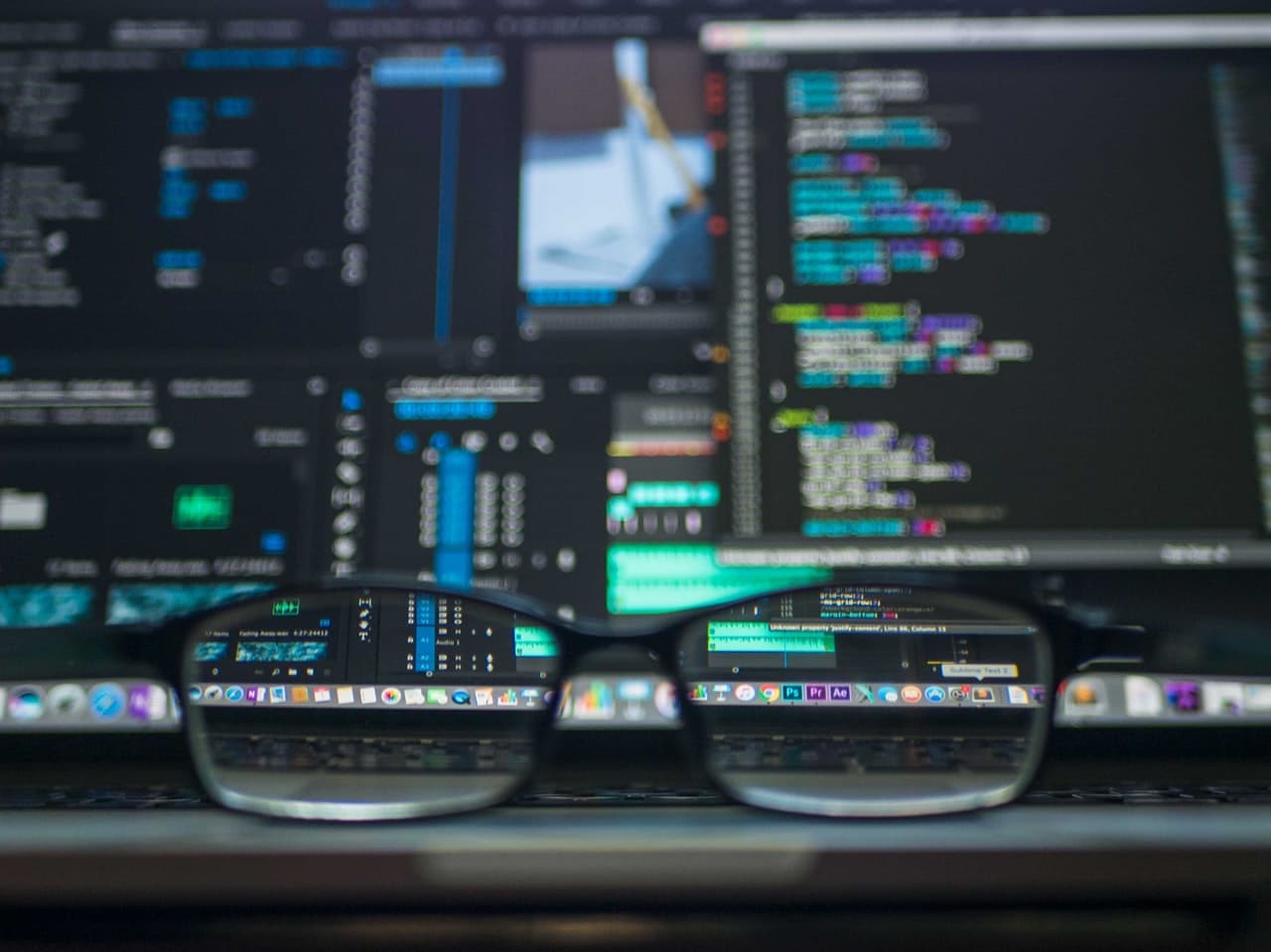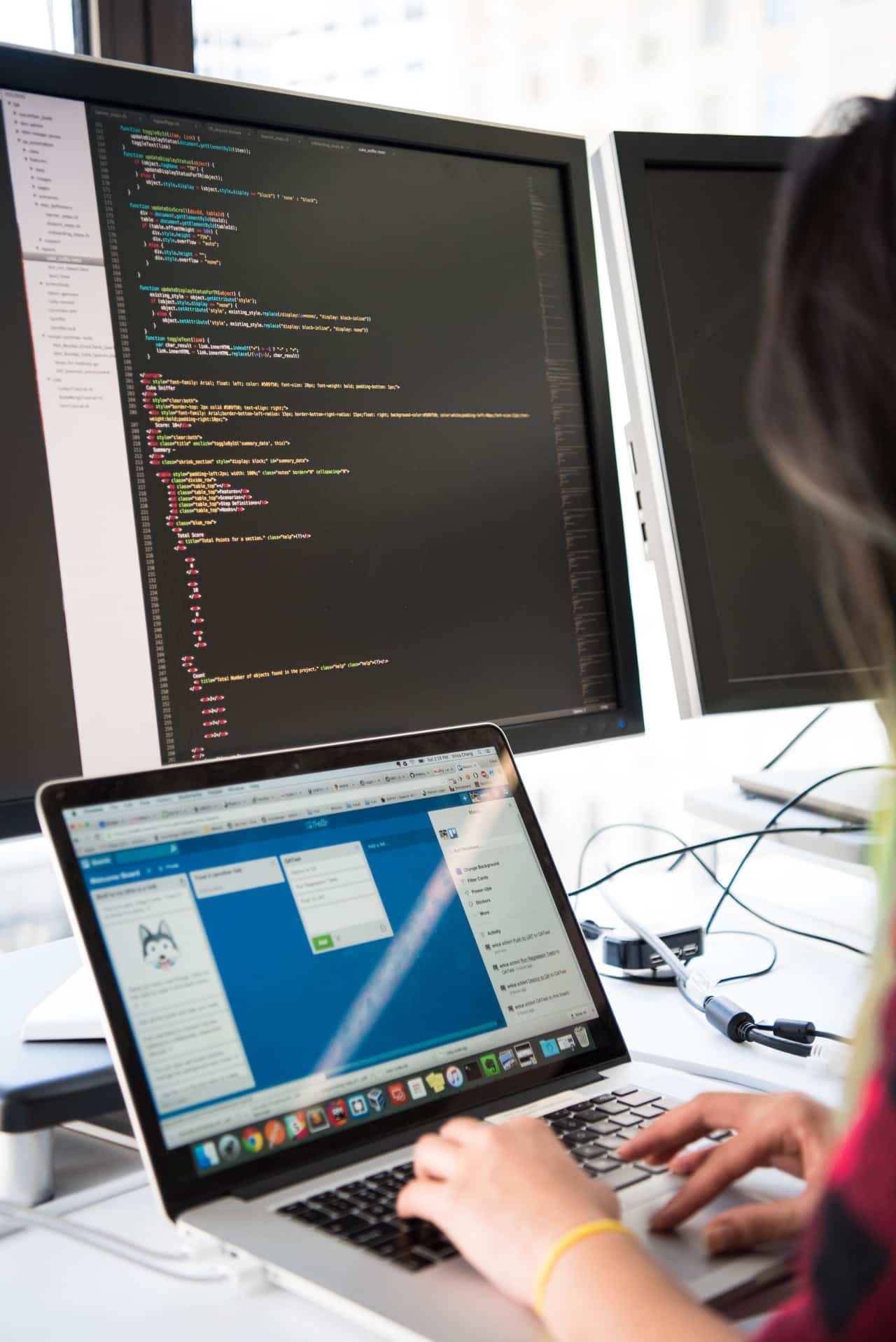According to Rodney Don Holder, two of the most exciting advances in technology that are currently happening are artificial intelligence (AI) and machine learning. The ability of computers and machines to accomplish human tasks is snowballing.
However, many people still use the two terms interchangeably despite not being the same. Here is Rodney Don Holder’s quick guide to understanding the difference between AI and machine learning.
IMAGE: PEXELS
How Are AI And Machine Learning Similar?
Many computer experts argue this point. AI and machine learning work together intimately to make the other work better. Both concepts seek to replicate human intelligence into a machine. The goal is generally to increase safety, convenience, and humanity’s overall quality of life.
Computers and machines have effectively replaced the early 20th Century butler. They empower humans to climate control their homes, commute safely to and from work, shop online, and much more.
How Are AI And Machine Learning Different?
Though the differences are subtle at first glance, each is unique. Artificial intelligence, at the risk of oversimplifying, is a computer. It computes (makes calculations with) numbers and arguments. Computers also store data and recall that data. This intelligence is non-human, thus artificial.
But what if an engineer wants this computer to do more than calculate, store, and recall data? What if he/she wants the computer to perform specific actions and develop its artificial “brain” over time? In other words, machine learning is a computer using the data that it is given to learning on its own. It can adjust and course-correct itself using the data that it has received.
How Does AI Work?
Since the first computer was designed in 19th Century England, artificial intelligence has always been impressive. AI today is vastly more powerful and impressive. It is the artificially constructed commands that build the foundation for machine learning. There are two categories of AI: general AI and applied AI.
General AI
According to Rodney Don Holder, general AI is about planning and testing potential. Software programmers and developers have ideas of what they want to build, but the finished product is not ready to “take to the streets.”
General artificial intelligence is also ordinary in learning environments like college courses in computer science or programmer boot camps. In theory, specific coding should produce usable AI, but before it is dependable, it must be built and tested in a contained environment.
Applied
Applied artificial intelligence is taking the system out of the “lab” and putting it into action. The software that people and businesses use throughout the day are examples of applied AI. Computers and other computer-based systems are also examples of applied AI. In short, applied AI “applies” artificial intelligence to everyday life in an effective way.
How Does Machine Learning Work?
In machine learning, software developers and robotics engineers build computer code that helps the machine weigh pros and cons before making decisions. According to Forbes, engineers want to see their machines “mimicking human decision-making processes and carrying out tasks in ever more human ways.”
Rodney Don Holder notes that even though the concept of machine learning predates the Internet, the worldwide web certainly made machine learning possible. It is one thing to code into a machine, a straight-forward formula that produces the right solution with the correct inputs (such as a calculator).
But it is quite another thing to code into machine contingencies and exceptions to the formula. Going further, machine learning applies nuance with the assimilation of more exceptions and can even build new formulas to more specific scenarios. This is a highly technical way of saying that the machine is starting to act like the human brain.
What does a machine’s code need to make nuanced decisions? More information. What has the Internet provided in amounts never before seen in human history? More information. The wild increase in available data gives engineers the tools that they need to make advancements in machine learning.
In Conclusion
Advances in AI and machine learning have helped humans accomplish important things, to include creating systems and machines that continue to build on past and present technology. Intuitive smartphone apps and lifestyle technology have already demonstrated the power of today’s machine learning.
But even more powerful forms of AI are in development that incorporate machine learning, such as driverless cars. As a great tool that can benefit everyone, it also poses some risks. Rodney Don Holder concludes that while machine learning and AI are different, they need to be utilized together to ensure the most exceptional results for future forms of technology.
If you are interested in even more technology-related articles and information from us here at Bit Rebels, then we have a lot to choose from.


COMMENTS